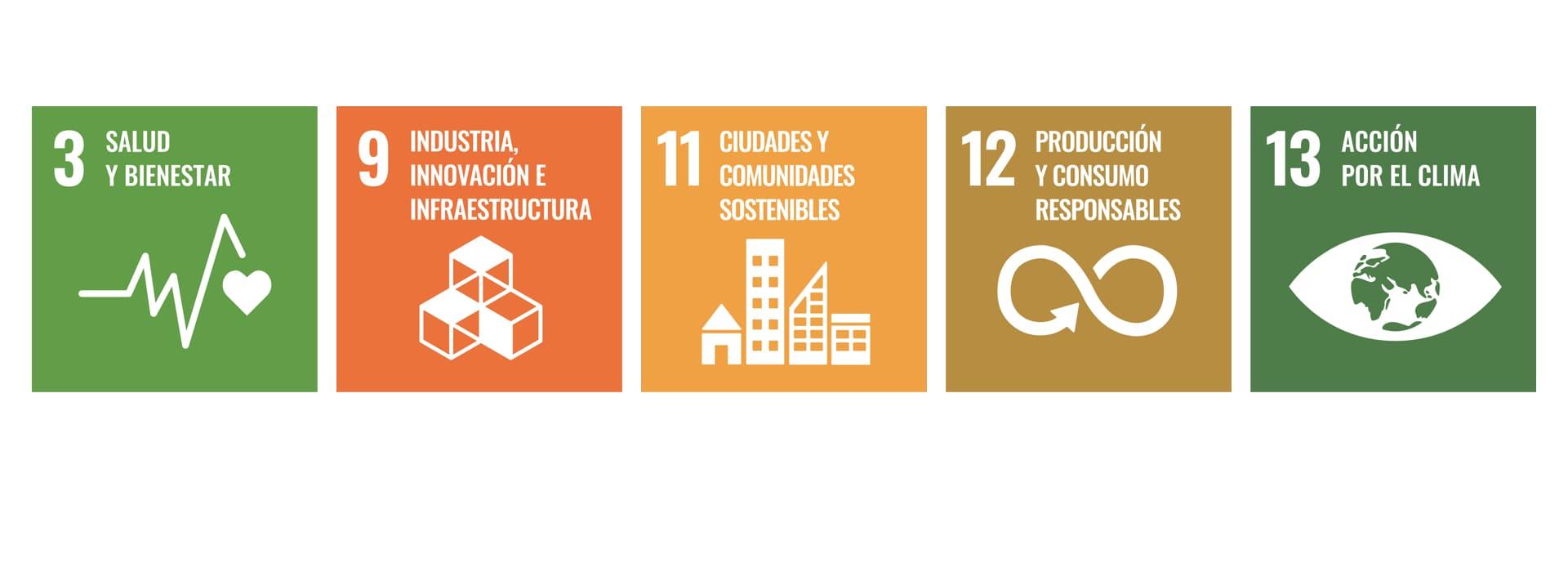Information for:

- Masters
- Postgrad courses
- Courses
- Faculty and research
- About UPF-BSM
Sport and sustainability: game on the line
15 Febrero - 2022
Xavier Moya Illa
Director of Master in Sports Management
__
“Sport has the power to change the world. It has the power to inspire, to bring people together in a very special and unique way.” The words of South African leader Nelson Mandela demonstrate that sport is more than a discipline in which individuals engage in physical activity or compete to achieve specific goals. Sport has the capacity to transcend its sphere and generate change on an economic, social, and environmental level.
Sport must be exemplary in its management and commit to practices based on sport ecology to mitigate some of the environmental consequences it entails
Climate change is a global emergency for our planet and for future generations, and in the face of this terrible scenario sport must help to generate changes aligned with the achievement of the Sustainable Development Goals (SDGs) of the 2030 Agenda through good management and the transmission of values.
Sport: a driving force for change in the face of global alarm
According to the Global Annual to Decadal Climate Update, published by the UN’s World Meteorological Organization, it’s 90% likely that the period 2021–2025 will see the warmest year on record and that, with about a 40% probability, in at least one of the next five years the average annual global temperature will temporarily rise by 1.5 °C above pre-industrial levels.
These factors could mean more ice melt, higher sea levels and more heat waves and extreme weather events with greater impact on food security, health, the environment, and sustainable development. Against this backdrop, it is imperative that organizations can strike a balance between economic development and environmental sustainability.
Major events such as the organization of a football World Cup cause 2.8 million tonnes of CO₂ to be emitted into the atmosphere
Major events such as the organization of a World Cup led to the emission of 2.8 million tonnes of CO₂ into the atmosphere. The 2019 London Marathon left behind more than 350,000 plastic bottles along its route through the British capital. During the same year, more than ten tonnes of sports equipment and waste was collected on Everest, which is becoming increasingly overcrowded with climbers.
Sport must be exemplary in its management and move towards a practice based on sport ecology to mitigate some of the environmental consequences that are currently occurring. Through sustainable sport, we should be able to reduce the ecological footprint of sport and event organization.
Sustainability from different perspectives
Many sports organizations and entities of different sizes are already progressively incorporating environmentally responsible actions and include sustainability as an essential element in their priorities.
The International Olympic Committee (IOC) has placed sustainability and climate change at the heart of its strategic plan. Since the Rio 2016 Olympic Games, sustainable goals have been set and 15 of the 18 targets proposed for the period 2017–2020 have been fully achieved. For the 2021–2024 period, 17 new objectives have been set, related to climate, biodiversity, circular economy, mobility, resource management, the creation of sustainable infrastructures and buildings, and carbon mitigation. The IOC’s intention is to encourage Olympic host cities to address sustainability as a strategic issue.
There are other initiatives which show sport’s contribution to sustainability, involving both organisers and sponsors. The Valencia Marathon, together with Coca-Cola, has promoted the “Bottle to Bottle” project, which consists of reusing waste and converting it into new resources through recycling, giving bottles a second life. With this project, more than 1 million bottles have been collected and will be used for the next edition of the race. Along the same lines, the sports brand Adidas tested the reduction of plastic with foldable rubber cups – weighing just 10 grams – at the 2018 Berlin Marathon: runners could carry the cup in their shorts and refill it at the refreshment posts.
The International Olympic Committee has placed sustainability and climate change at the heart of its strategic plan and intends to encourage Olympic host cities to do the same
Sportswear brands are also playing their part and some global sports equipment manufacturers have embraced sustainable sport with innovative clothing, footwear, and articles made from recycled plastic, natural fibres such as organic cotton, and fibres without waterproofing chemicals such as perfluorocarbons. Many of the T-shirts distributed at popular races are made from recycled materials. For example, Nike created the “Move to Zero” movement to protect the environment, reduce their carbon footprint, and reach zero waste through sport.
Other increasingly common proposals are the use of renewable energies, energy efficiency in sports facilities, the promotion of free public transport or the use of bicycles for participants to get to an event, and the consumption of locally sourced organic food. This set of good practices has led many organizers of sporting events to obtain national and international certifications and seals that distinguish them as environmentally sustainable events, as well as obtaining data on CO2 emissions, water consumption, and environmental footprint that reinforce the actions they carry out.
Sport’s awareness of the environment is clear and has become more forceful in recent years, with great effort and resources being allocated to continue collaborating in this area. The combination of sustainability and sport is more present than ever and has the power to continue to generate change and contribute to the transformation of the world through concrete actions that promote environmental protection.
